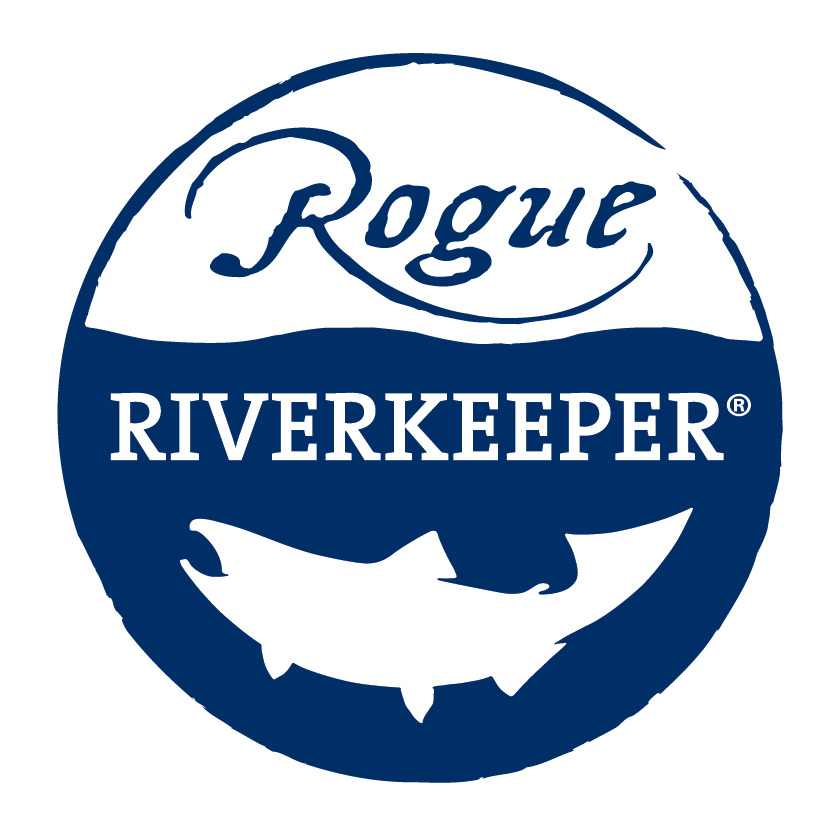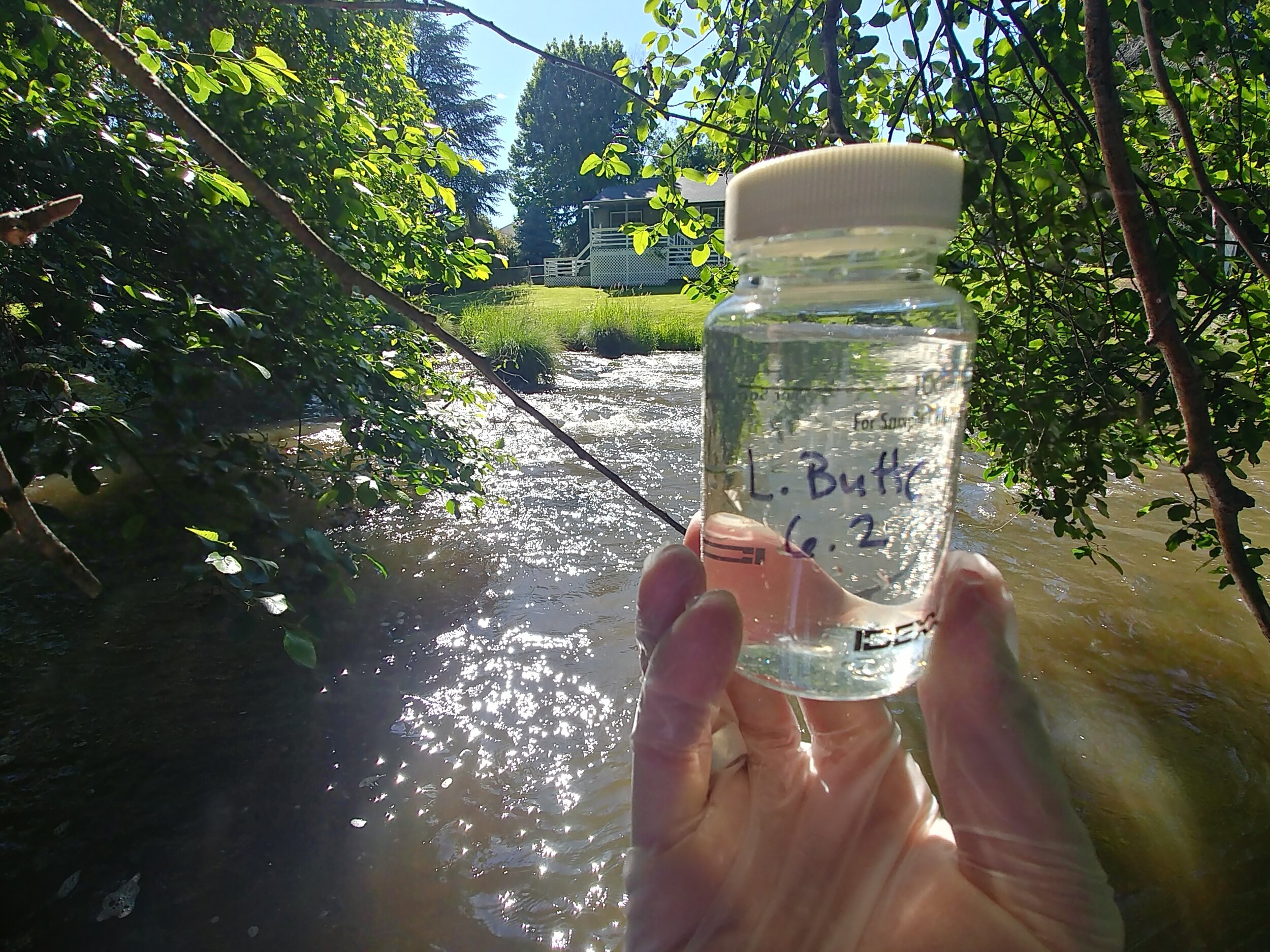2023 Water Quality Report: Mostly Good, But One Concern Looms
Our 2023 Water Quality Monitoring Program concluded in September. The results? Mostly optimistic! We tested various waterways and recreational spots for E. coli, which is Oregon's standard for water contact safety. Most sites received a thumbs-up with minimal signs of fecal contamination from warm-blooded animals—a potential indicator of pathogens. However, there was one notable outlier: Little Butte Creek.
Little Butte Creek: What's Going On?
Little Butte Creek, a crucial fish-bearing tributary of the Rogue, begins its journey on the Cascade Mountains' slopes and meanders alongside Highway 140 from Fish Lake to the Rogue River. Alarmingly, this summer, every single sample from the creek failed to meet the Oregon water contact standards. This is peculiar because the creek typically starts the summer with lower E. coli levels, which rise as the season progresses. So, what changed this year?
The primary water usage for Little Butte Creek is irrigation. Extensively used for this purpose as it descends from the Cascades towards Eagle Point, the creek faces many challenges. High fecal contamination levels pose concerns, particularly as the creek winds through residential zones and the City of Eagle Point, flanked by popular city parks. Despite its appeal, the creek's elevated bacteria load renders it unsafe for recreational activities like wading or swimming. The leading contributor to this issue? Very likely a long standing practice called “flood irrigation”, where ditches or pipes deliver water to flow over pasture or crops. This method is now commonly understood to be an inefficient way to deliver water to a crop, but it remains an inexpensive and easy way to do so. During flood irrigation, as water travels over pastures, it returns to streams and ditches, carrying pollutants with it. While there are more efficient and less polluting irrigation methods, they can be costly, and there's limited incentive for many to switch.
Other possible sources of contamination could be failing septic systems but seeing the consistently high numbers of bacterial contamination this year make that cause less likely. Further sampling next summer would help us narrow down the location where contamination is occurring.
The Department of Agriculture is tasked with Clean Water Act enforcement on agricultural land and the Department of Environmental Quality responsible for enforcement outside of agriculture. However, the long-standing lax approach of these agencies means Rogue Riverkeeper must be vigilant. Rogue Riverkeeper will be presenting our findings to the Department of Agriculture and the Department of Environmental Quality to seek answers for Little Butte Creek's persistent fecal contamination.
A Big Thank You!
We owe a huge thank you to our seasonal technician, Caitlin Eastman, and our many volunteers who diligently collected samples across the Rogue basin from Lost Creek Lake to Emigrant Lake and the Applegate. Earlier in the year, our supporters contributed donations to help us purchase a replacement piece of equipment. We could not do this work without your contributions. As a watchdog and advocate for clean water, we depend upon private dollars to run our program.
Our gratitude also goes out to our collaborative partners: Illinois Valley Soil & Water Conservation District, City of Ashland, and Lower Rogue Watershed Council. Thanks to them, we had a robust data set to present on Swim Guide. In 2023, our Swim Guide pages saw nearly 33,000 unique views, underscoring the community's desire to stay informed about water safety.
A special thank you to our volunteer, Viole, who helped translate our Spanish water quality report card too!
Our Water Quality Monitoring Efforts are Fueled by Donations.
If you value our work and believe in a cleaner future for our waterways, please support Rogue Riverkeeper with a donation today. Two generous donors have offered a large donation to match every dollar through the month of October! Every contribution counts, and through October 31st, every donation will be DOUBLED.
Thank you for your continued support.
See the full 2023 Water Quality Report Cards below. Click to enlarge.





